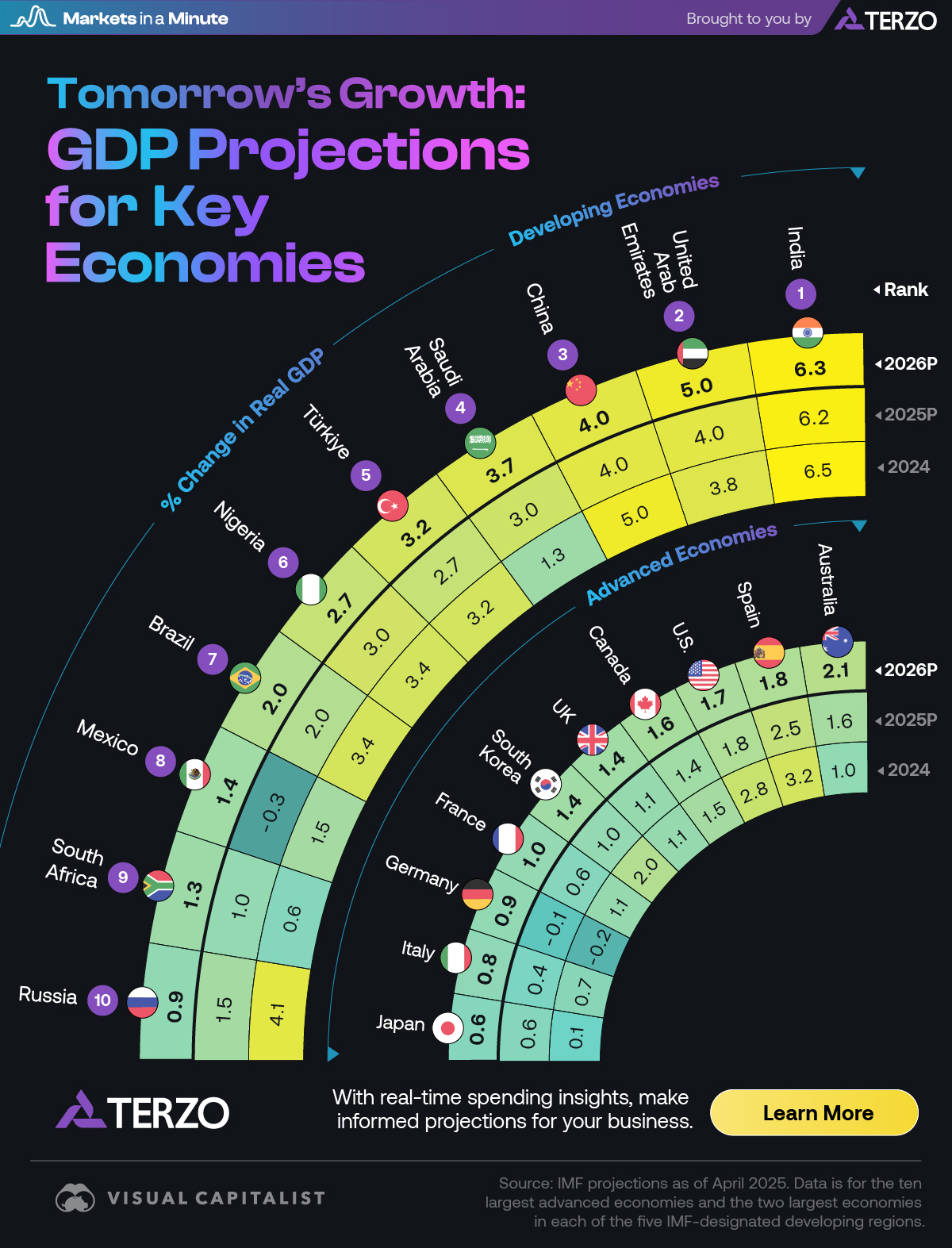Report on U.S. Salary Trends and Sustainable Development Goals (SDGs)
Introduction
This report analyzes salary trends in the United States, based on 2025 data from the U.S. Bureau of Labor Statistics (BLS) and other sources. The analysis is framed within the context of the United Nations Sustainable Development Goals (SDGs), with a particular focus on SDG 4 (Quality Education), SDG 5 (Gender Equality), SDG 8 (Decent Work and Economic Growth), and SDG 10 (Reduced Inequalities). The findings illustrate how personal variables such as age, education, gender, and location impact economic outcomes and reflect the nation’s progress toward these global goals.
Analysis of Salary Trends in Relation to SDGs
Income Trajectory and Decent Work (SDG 8)
Achieving decent work and sustained economic growth, as outlined in SDG 8, is closely linked to an individual’s earnings trajectory over their lifetime. Data indicates that income rises steadily through a worker’s career, peaking between the ages of 45 and 54. This period of maximum earning potential reflects the accumulation of experience and skills, aligning with the SDG 8 objective of full and productive employment. However, the data also shows significant disparities for younger workers, highlighting challenges in ensuring decent work for all age groups.
- Median earnings peak for workers in the 45-54 age range, who have often attained leadership roles or specialized expertise.
- The most significant income growth occurs between the 20-24 and 25-34 age brackets, marking a critical transition from entry-level or part-time work to full-time careers.
- Workers aged 16-19 earn significantly less, with an average income 52.9% lower than the peak earning group, underscoring the economic vulnerability of youth entering the workforce.
Educational Attainment and Economic Opportunity (SDG 4 & SDG 8)
Quality Education (SDG 4) is a fundamental driver of economic opportunity and is essential for achieving Decent Work and Economic Growth (SDG 8). The data clearly demonstrates a strong correlation between educational level and earning potential. Higher educational attainment consistently leads to higher median incomes, underscoring the role of education in reducing economic inequality and promoting upward mobility.
- The median salary for individuals over 25 with a bachelor’s degree is 76.2% higher than for those with only a high school diploma.
- Possessing an advanced degree results in a median salary 52% higher than that of a bachelor’s degree holder and 117% higher than that of an associate degree holder.
- Individuals without a high school diploma face the most significant economic disadvantages, with median earnings substantially lower than all other groups.
Geographic Disparities and Reduced Inequalities (SDG 10)
Progress toward reducing inequalities (SDG 10) is challenged by significant regional disparities in income. Salary growth and earning potential vary dramatically across different states, reflecting unequal economic opportunities. States like Massachusetts, New Jersey, and Maryland show substantial salary increases with age and experience, but this also creates a wider income gap between younger and older workers. This geographic variance points to structural economic differences that either promote or hinder the goal of reduced inequality.
- The states with the largest income growth from the under-25 to the 25-44 age group are:
- Massachusetts (an increase of $61,064)
- New Jersey (an increase of $56,715)
- Maryland (an increase of $54,715)
- New Hampshire reports the highest average income for workers under 25, at $61,942.
- Massachusetts exhibits the most significant pay gap between younger and older workers, with those aged 45 to 64 earning nearly $70,000 more on average than those under 25, highlighting a substantial inequality challenge.
The Gender Pay Gap: A Barrier to Equality (SDG 5 & SDG 10)
The persistent gap in earnings between men and women is a direct challenge to achieving Gender Equality (SDG 5) and Reducing Inequalities (SDG 10). The data reveals that the gender pay gap is present at all stages of a career and widens over time. This trend suggests systemic barriers that prevent women from achieving equal economic outcomes, including career interruptions and structural pay inequities.
- The largest pay gap between genders is observed in the 65 and older age group, where the median income difference exceeds $21,000 annually.
- The smallest pay gap is found among the youngest workers, in the 20-24 age group, though a disparity still exists.
- The widening of the gap with age indicates that the cumulative effect of gender-based pay disparities grows throughout a woman’s career, hindering long-term economic security and equality.
Sources
- U.S. Bureau of Labor Statistics
- Cubit Planning
- National Center for Education Statistics (NCES)
Analysis of Sustainable Development Goals in the Article
1. Which SDGs are addressed or connected to the issues highlighted in the article?
The article discusses salary and income disparities based on several demographic factors, which directly connects to the following Sustainable Development Goals (SDGs):
- SDG 4: Quality Education: The article explicitly links educational attainment to earning potential. The section “Average salary by Age and Educational Level” demonstrates how different levels of education, from less than a high school diploma to a professional degree, result in significantly different median incomes. This highlights the economic value of quality education.
- SDG 5: Gender Equality: The article dedicates a section to the “Average Salary by Age and Gender,” detailing the wage gap between men and women across various age brackets. It states, “The gap between male and female earnings starts early and widens with time,” which is a core issue addressed by SDG 5.
- SDG 8: Decent Work and Economic Growth: The entire article revolves around earnings, wages, and employment, which are central themes of SDG 8. It analyzes how factors like age, experience, and gender affect wages and career progression, touching upon the goal of achieving “full and productive employment and decent work for all women and men.”
- SDG 10: Reduced Inequalities: This goal is a primary focus of the article. By breaking down salary data by age, gender, education level, and geographic location (state), the article quantifies various forms of economic inequality within the U.S. It points out disparities such as the income gap between younger and older workers and the significant differences in pay between genders.
2. What specific targets under those SDGs can be identified based on the article’s content?
Based on the article’s analysis of salary trends, the following specific SDG targets can be identified:
- Target 4.4 (under SDG 4): “By 2030, substantially increase the number of youth and adults who have relevant skills, including technical and vocational skills, for employment, decent jobs and entrepreneurship.” The article supports this target by showing a direct correlation between higher educational credentials (relevant skills) and higher median income. For instance, it notes that a bachelor’s degree leads to a median income of $67,260, while a master’s degree increases it to $81,250, demonstrating the economic incentive for acquiring these skills.
- Target 8.5 (under SDG 8): “By 2030, achieve full and productive employment and decent work for all women and men, including for young people and persons with disabilities, and equal pay for work of equal value.” The article directly addresses the “equal pay for work of equal value” component by detailing the persistent wage gap between men and women. The discussion on how income peaks for workers aged 45-54 and the low wages for the 16-19 age group also relates to achieving decent work for different age demographics.
- Target 5.1 (under SDG 5): “End all forms of discrimination against all women and girls everywhere.” The gender pay gap discussed in the article is a clear indicator of economic discrimination. The data showing that women earn less than men in every age bracket, with the gap widening over time, points directly to the systemic issues this target aims to eliminate.
- Target 10.2 (under SDG 10): “By 2030, empower and promote the social, economic and political inclusion of all, irrespective of age, sex, disability, race, ethnicity, origin, religion or economic or other status.” The article’s core analysis is a measurement of economic inclusion (or exclusion) based on age, sex, and education. By highlighting that “younger earners in the 16-19 age group tend to make an average of 52.9% less than workers in the 45-54 age group,” it quantifies the economic disparity based on age status.
3. Are there any indicators mentioned or implied in the article that can be used to measure progress towards the identified targets?
Yes, the article provides several quantitative data points that serve as direct indicators for measuring progress towards the identified targets:
-
Indicator for Target 4.4: The median annual salary disaggregated by educational level. The article provides specific figures that can be tracked over time, such as:
- Median earnings for high school diploma holders: $40,500
- Median earnings for bachelor’s degree holders: $67,260
- Median earnings for master’s degree holders: $81,250
- Indicator for Targets 8.5 and 5.1: The gender pay gap, measured as the difference or ratio of median earnings between men and women. The article provides this data across age groups. For example, in the 35-44 age bracket, the indicator is the difference between men’s median income ($75,296) and women’s ($63,024). Tracking this gap is a direct measure of progress.
-
Indicator for Target 10.2: Income inequality across different demographic groups. The article provides several such indicators:
- By Age: The difference in median earnings between age groups, such as the hourly wage of $34.40 for workers aged 45-54 compared to lower wages for younger workers.
- By Geography: The disparity in income growth between states. For example, the salary jump of over $61,000 in Massachusetts for mid-career workers compared to those under 25 serves as an indicator of regional inequality of opportunity.
4. Table of SDGs, Targets, and Indicators
| SDGs | Targets | Indicators |
|---|---|---|
| SDG 4: Quality Education | Target 4.4: Increase the number of adults with relevant skills for decent jobs. | Median annual salary by educational attainment (e.g., High School: $40,500, Bachelor’s: $67,260, Master’s: $81,250). |
| SDG 5: Gender Equality | Target 5.1: End all forms of discrimination against women. | The gender pay gap across age groups (e.g., for ages 35-44, men earn a median of $75,296 while women earn $63,024). |
| SDG 8: Decent Work and Economic Growth | Target 8.5: Achieve full and productive employment and equal pay for work of equal value. | Average hourly and annual earnings disaggregated by gender and age (e.g., women aged 20-24 earn $39,468, while men earn $42,276). |
| SDG 10: Reduced Inequalities | Target 10.2: Promote the economic inclusion of all, irrespective of age or sex. | Income disparities between different demographic groups, such as the 52.9% lower earnings for workers aged 16-19 compared to those aged 45-54, and the income gap between states (e.g., Massachusetts vs. midwestern states). |
Source: forbes.com







